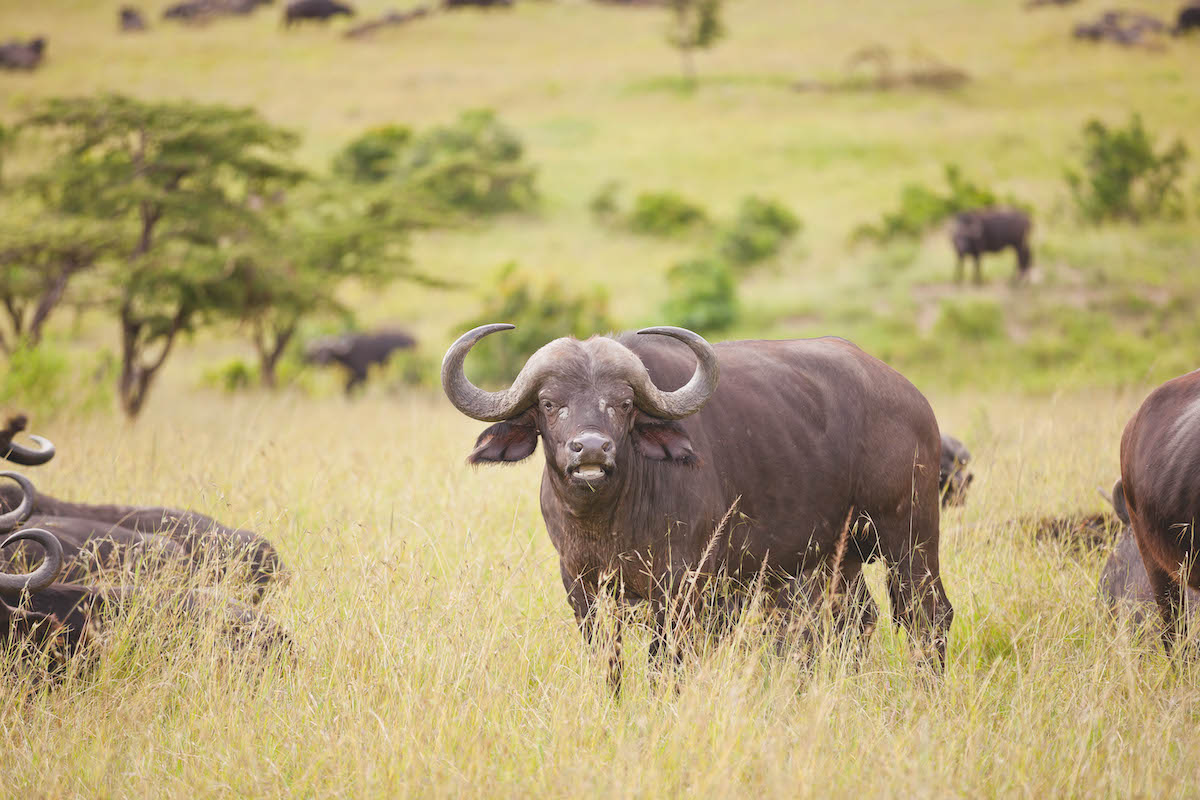Ethical hunting: what does it actually mean?
The idea of what constitutes ethical hunting differs the world over, but it is important that we all consider what can be deemed ‘fair chase’’ writes Alasdair Mitchell

African buffalo
The Americans have a phrase for ethical hunting: fair chase. This exudes all the right connotations, though defining fair chase hunting gets problematic as soon as you delve into the details. If you start considering local customs and norms, you soon find there may be a disparity in what hunters consider to be ethical behaviour. (Read more on how American hunters embrace respect for the quarry.)
At one extreme is so-called ‘canned hunting’. This is where the quarry is constrained within a relatively small enclosure, with no real chance of evading the hunter (or rather, shooter). This sort of disreputable activity is much cited by campaigners against trophy hunting. Lurid examples of canned hunting for captive-bred lions in South Africa have been very damaging to the image of big game hunting.
Who on earth would even contemplate participating in a canned lion hunt? It seems probable that many of the ‘hunters’, who have ponied up fat fees, have been conned into thinking they are hunting a truly wild lion, with the attendant skill and danger. Some of the details that have been exposed about such scams make sobering reading.
If fair chase hunting is the pursuit of truly free-range quarry in its own natural environment, then how do we deal with the matter of fences? If you travel far enough in southern Africa, you will eventually hit a fence. In South Africa specifically, there are legal reasons, to do with the ownership of game, which mean that virtually all hunting takes place within tall game fences. Of course, certain species cannot be constrained by any fence. But the real question is this: how big should a fenced area be to qualify for fair chase hunting? (Read Cecil the lion – the real story.)
Ethical hunting
I have hunted on a South African game reserve, owned by a conservation charity, which covers 61,000 acres. That’s 95 square miles, with no human residents, no internal fences and no domestic livestock. I am satisfied that this was fair chase hunting for game that had been bred in the wild. Many South African game reserves are smaller than this, but still encompass areas bigger than most UK sporting estates, let alone our deer parks. Some reserves, however, are only 1,000 or 2,000 acres and are regularly stocked with bought-in game animals, in the manner of a put-and-take trout fishery. I wouldn’t hunt there.
In other parts of Africa, such as Zambia, Zimbabwe, Tanzania and Mozambique, hunting takes place on concessions awarded by the government, or on conservancies where private landowners have removed their boundary fences. These areas can be half a million acres or more. However, they can be beset by poaching and illegal encroachments by graziers.
In much of Africa, stalking and tracking on foot is seen as the most sporting method of hunting. Ambushing game at waterholes is generally frowned upon, but an exception is made for bow hunters, who tend to be American. Leopards and hyenas are often shot at night over bait, yet this is generally forbidden for most other game. There is also some excellent wing shooting in Africa.
I wonder what Africans would make of some of our own practices, such as driven shooting for released pheasants, or sitting in high seats for deer?








